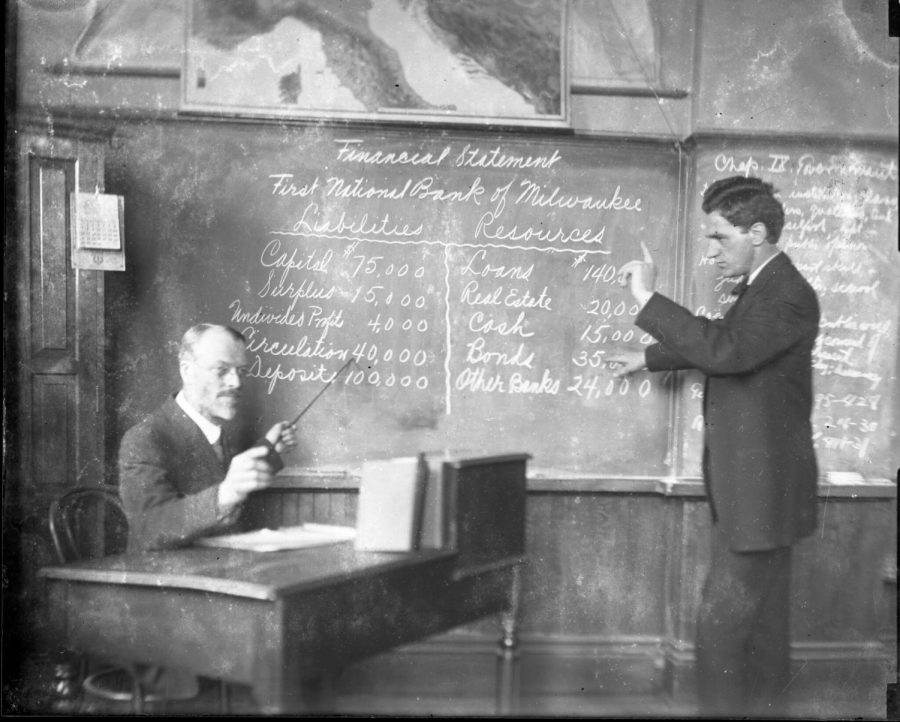What’s in a name?
A look at the eponyms of UWO’s buildings
August 31, 2021
By Cory Sparks
The UW Oshkosh campus is made up of 58 buildings spanning an area of 184 acres, according to the UWO campus information tab, and each building’s name comes with a story regarding an impactful person who is from the area.
Here are the meanings behind the names of some notable buildings around the UWO campus.
Polk Library
Polk Library was named after Forest Polk, who was president of the Oshkosh Teachers College from 1931-1959. The idea behind Pol
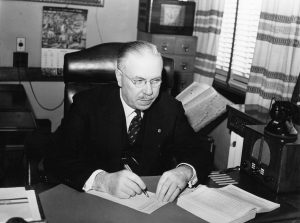
k’s $1.5 construction in 1961 was to give students a larger library, as Dempsey Hall would no longer be a sufficient option for the growing population of the school. In 1969, the construction of the second wing of the library doubled the building in size.
Dempsey Hall
First built in 1917 and finished in 1969, this building is named after Edward J. Dempsey, a long-serving regent representing Oshkosh at the Board of Regents. Up until 1952, the building was referred to as ‘the main building’ on campus, but on Feb. 7 of that same year, the Board of Regents decided to name the building after Dempsey in a resolution that also involved the naming of Harrington Hall, Radford Hall, the Oviatt House and the Pollock House.
Reeve Memorial Union
Reeve Memorial Union was completed in 1959 and named after Thomas Reeve. Reeve was a local banker and grandfather of May Fraker, who gave the house and property that served as the campus’s first union. In her will, she requested that the building be named after her grandfather. In its beginning stages in 1951, the building served as a social center that included a lounge with a television, radio and snack bar. By 1964, the building included a bowling alley, and by 1988, the building began to feature diverse dining options comparable to what it features today. In 2003, the University Book Store was built, but this resulted in the loss of the bowling alley.

Fletcher Hall
Completed in 1964, this residential hall is named after Walter Fletcher. Fletcher was a staff member of the Oshkosh normal school for 26 years, and he was known for his leadership in propelling The Advance newspaper from a quarterly publication to an award-winning weekly publication. The building housed a fitness center in the 1980s and has hosted numerous multicultural festivals.
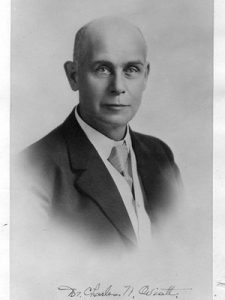
Oviatt House
Constructed in 1883 and listed as the oldest standing building on the UWO property, the Oviatt House was named after surgeon and
physician Dr. Charles Oviatt. However, the house was originally constructed for Oshkosh Attorney Moses Hooper. Oviatt then purchased the building in 1900, and by 1912 it was used as a female dormitory. The building became a social center, and it served this purpose until 1934 when it became the president’s house. In 1990, the house was used as the headquarters for the UWO Foundation and is now used for offices.
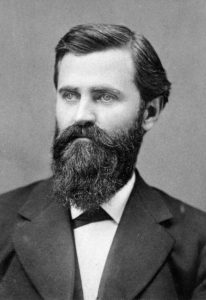
Albee Hall
Constructed in 1956 and first named the Health and Physical Education Building, this structure was renamed after George Summer Albee, the very first president of the Oshkosh Normal School. Albee served as president from 1871 until 1898, and he was an early advocate of physical education and activity in general. Albee was known to take his staff and students out for morning calisthenics on a daily basis during his time as president.
Donner Hall
Donner Hall is named after Dr. Cora “Barbara” Donner, history professor at the OSTC from 1926-1956. The residence hall opened in 1962 and in 1970, became the first co-ed dorm on campus. Donner was born in 1891 and was raised in a large farming family in rural Green County, Wisconsin and earned her Ph.D. from the University of
Chicago. As an instructor, and later chair of the History Department, Donner was known as a dynamic lecturer. In addition to teaching classes, she regularly
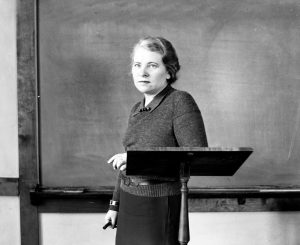
spoke on history and contemporary events for local clubs. Of particular interest to these groups was Donner’s extended study trip to London and Nazi Germany.
On campus, in addition to her official duties, Donner is credited for helping the college secure its first student center, Reeve Memorial Union.
In 1956, Donner retired from the Wisconsin State College Oshkosh after 30 years of service. In 1974, she died at the age of 82. Humbled by the dormitory that bore her name, Donner left in her will a sum of $1,000 “for the purchase of good magazines for the women residing in Donner Hall.”

Clow Hall
Completed in 1966, Clow Hall is named after Frederick R. Clow, a Harvard-educated faculty member from 1895-1930, who taught economics and political science as well as education psychology.


